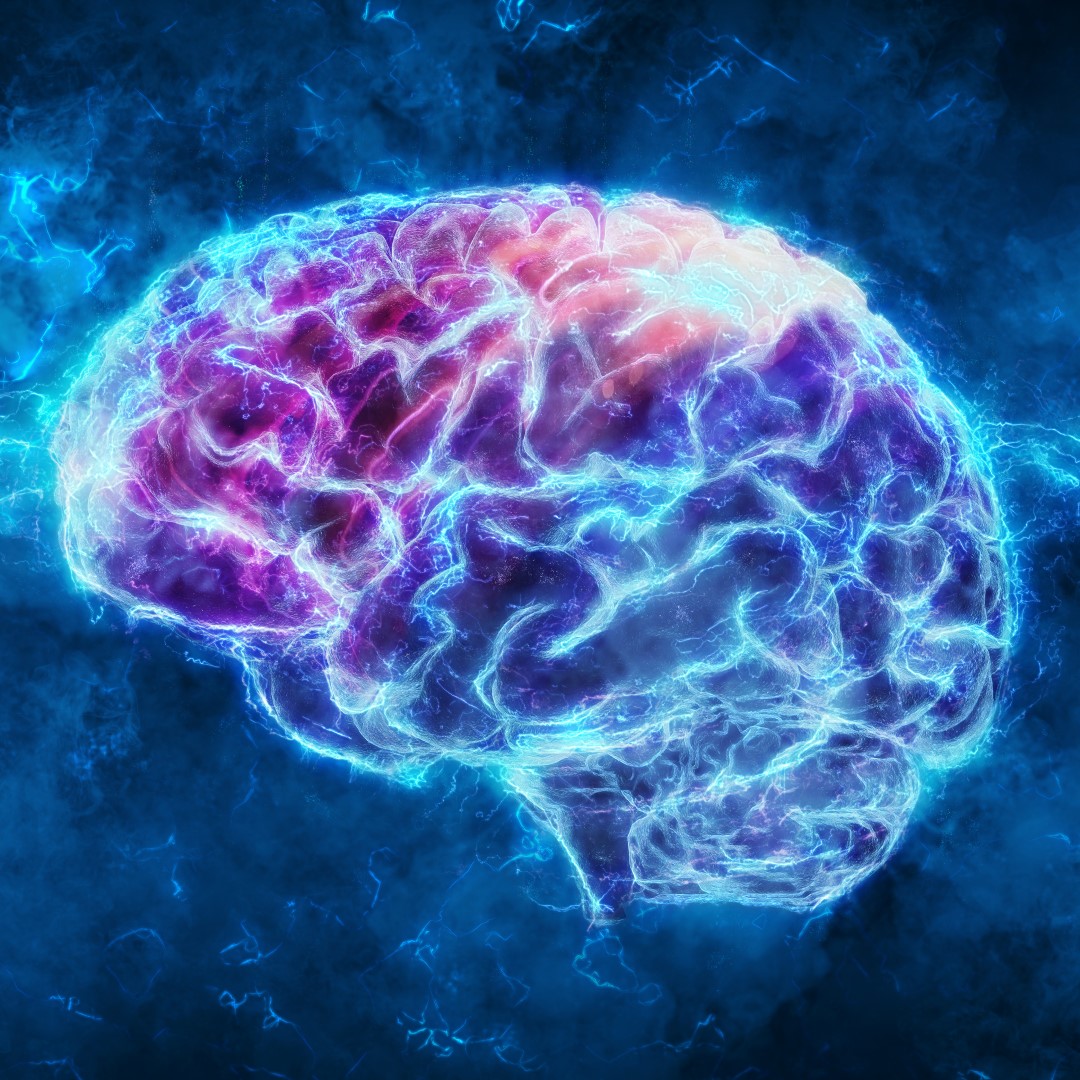
Landmark experiment sheds new light on the origins of consciousness
On Apr. 30, 2025, an experiment seven years in the making has uncovered new insights into the nature of consciousness and challenges two prominent, competing scientific theories: Integrated Information Theory (IIT) and Global Neuronal Workspace Theory (GNWT).
IIT suggests that consciousness emerges when information inside a system (like the brain) is highly connected and unified; and as long as the information remains unified, it will be consciously perceived.
GNWT suggests a network of brain areas spotlight important pieces of information in the brain—bringing it to the forefront of our minds—broadcasting it widely the moment it enters consciousness, and this produces conscious experience.
Researchers tested the two competing theories against one another in 2019 in a collaborative experiment involving human subjects. They published the findings in Nature, and the study marks a pivotal moment in the goal to understand the elusive origins of consciousness.
Research showed that there’s functional connection between neurons in early visual areas of the brain (the areas that process vision, which are at the back of the brain) and the frontal areas of the brain, helping us understand how our perceptions tie to our thoughts. The findings de-emphasize the importance of the prefrontal cortex in consciousness, suggesting that while it’s important for reasoning and planning, consciousness itself may be linked with sensory processing and perception. In other words, intelligence is about doing while consciousness is about being.
The study also found that the back of the brain seems crucial for holding the specific details of what you see, like orientation. While the front part is also involved, especially in identifying the general category of an object, it might not be the main hub for all the visual specifics. This challenges the idea that the front part of the brain holds all the detailed content of our visual experience.
These discoveries have implications for how we understand consciousness. Furthermore, they may shed light on disorders of consciousness such as coma or vegetative state.
Tags:
Source: Allen Institute
Credit:
